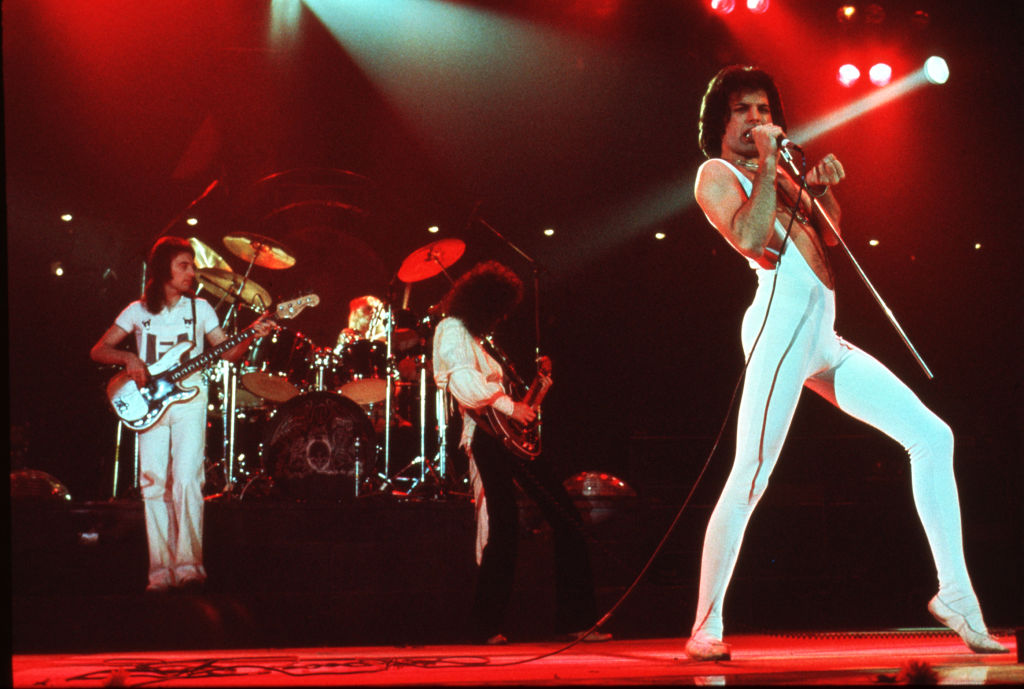 Calling Pearl Jam’s sophomore album “hotly anticipated” would have severely understated the case. In the two years since the release of Ten, their 1991 debut, the band had vaulted from obscurity to the forefront of the rock mainstream on the strength of visceral singles like “Alive,” “Jeremy” and “Even Flow,” and high-intensity live performances in which frontman Eddie Vedder often risked life and limb in his quest to win over audiences.
Calling Pearl Jam’s sophomore album “hotly anticipated” would have severely understated the case. In the two years since the release of Ten, their 1991 debut, the band had vaulted from obscurity to the forefront of the rock mainstream on the strength of visceral singles like “Alive,” “Jeremy” and “Even Flow,” and high-intensity live performances in which frontman Eddie Vedder often risked life and limb in his quest to win over audiences.
So when Vs., released on October 19th, 1993, set an industry record by selling more than 950,000 copies in its first five days on the shelves — outperforming all other entries in that week’s Billboard Top 10 combined — it wasn’t a particularly huge surprise for anyone who’d been following Pearl Jam’s rapid rise. Far more remarkable, in retrospect, was that the band didn’t completely implode under pressure during the album’s recording.
Deeply uncomfortable with the demands of stardom, yet also accused of being “sellouts” by many musicians, fans and critics from the alternative-music world (especially in the Seattle scene that spawned them), Pearl Jam were caught in a classic damned-if-you-do/damned-if-you-don’t conundrum before they’d even recorded a note of their second LP. Making things more difficult was the fact that the band was recording for the first time with both drummer Dave Abbruzzese, who’d replaced Dave Krusen shortly before the release of Ten, and producer Brendan O’Brien.
“It was a little bit like we were making our first record all over again,” bassist Jeff Ament toldRolling Stone in 2017, “because it was with a different drummer and a new producer. And Dave had really different strengths as a drummer than Dave Krusen. The groove shifted on the second record.” MORE





